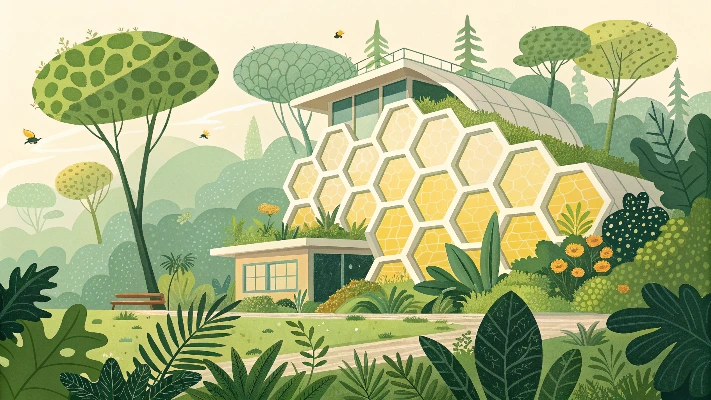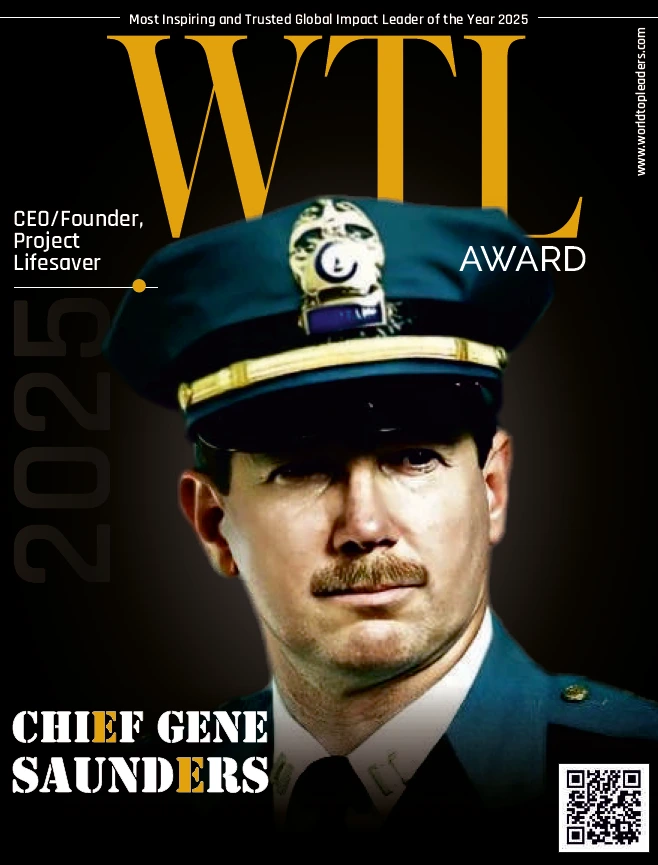Bio-Inspired Innovation: Learning from Nature’s Genius
Reading Time : 6 min

Bio-Inspired Innovation: Learning from Nature’s Genius
Nature has been innovating for billions of years. Every organism, ecosystem, and biological process carries lessons of efficiency, adaptability, and resilience. Today, scientists, engineers, and world leaders are looking to nature as a blueprint for solving some of humanity’s greatest challenges.
Bio-inspired innovation—also known as biomimicry—is the practice of studying nature’s genius and applying it to human design, technology, and systems. From sustainable architecture to advanced materials and artificial intelligence, the future of innovation is deeply rooted in the wisdom of the natural world.
What is Bio-Inspired Innovation?
Bio-inspired innovation draws insights from biological processes and structures to create sustainable and effective human solutions. The natural world has already solved many problems humans face: energy efficiency, waste reduction, adaptability to change, and long-term survival. By observing these systems, innovators are discovering new approaches that are not only groundbreaking but also environmentally responsible.
Nature as the Ultimate Engineer
From the self-cleaning properties of lotus leaves to the strength of spider silk, nature offers a vast library of designs perfected through evolution. These biological models inspire real-world applications—solar panels that mimic photosynthesis, aerodynamic vehicles modeled after birds and fish, and medical adhesives inspired by gecko feet. By looking to nature, innovators are finding smarter and more sustainable alternatives to traditional methods.
Sustainability at the Core
At a time when climate change, pollution, and resource scarcity dominate global concerns, bio-inspired innovation stands out as a pathway to sustainability. Unlike many industrial processes, natural systems create solutions that are energy-efficient, regenerative, and waste-free. Leaders in technology and design are increasingly embracing biomimicry to reduce environmental impact while driving long-term growth.
Applications Across Industries
Architecture & Design: Buildings inspired by termite mounds regulate temperature naturally, reducing energy consumption.
Medicine & Healthcare: Shark skin patterns have led to antibacterial surfaces that prevent infections.
Technology & AI: Neural networks, modeled after the human brain, power some of the most advanced AI systems today.
Transportation: The streamlined shape of kingfisher birds inspired faster and quieter bullet trains.
These examples highlight how bio-inspired approaches can transform entire industries, making them more efficient, innovative, and environmentally friendly.
The Future of Innovation Lies in Nature
As businesses and governments seek solutions to global challenges, bio-inspired innovation offers a roadmap that is both practical and visionary. By respecting and learning from natural systems, humanity can design technologies and infrastructures that align with ecological balance rather than disrupt it.
Learning from Nature’s Genius
The genius of nature lies not only in its creativity but also in its ability to endure. By drawing inspiration from billions of years of evolution, innovators and leaders can create sustainable solutions that serve both people and the planet. Bio-inspired innovation reminds us that the answers to many of our most pressing challenges are already all around us—if we take the time to learn from nature.
Our Latest Awards
-
 The Most Influential Leader in Global Health & Wellness 2025
The Most Influential Leader in Global Health & Wellness 2025 -
 Most Inspiring Leader in Business Finance 2025
Most Inspiring Leader in Business Finance 2025 -
 Most Inspiring Leader in Digital Transformation
Most Inspiring Leader in Digital Transformation -
 Most Inspiring and Trusted leader in Law 2025
Most Inspiring and Trusted leader in Law 2025 -
 Most Transformational and Empowering Leader in Architecture 2025
Most Transformational and Empowering Leader in Architecture 2025 -
 Most Empowering Leader in Clinical Research & Global Impact 2025
Most Empowering Leader in Clinical Research & Global Impact 2025 -
 Most Influential Global Voice in Emotional & Creative Leadership – 2025
Most Influential Global Voice in Emotional & Creative Leadership – 2025 -
 Most Transformational CEO in Global Banking and Finance – 2025
Most Transformational CEO in Global Banking and Finance – 2025 -
 Most Promising and Trusted Anti-Aging & Preventive Healthcare Brand of 2025
Most Promising and Trusted Anti-Aging & Preventive Healthcare Brand of 2025 -
 Most Inspiring and Trusted Global Impact Leader of the year 2025
Most Inspiring and Trusted Global Impact Leader of the year 2025 -
 MOST TRANSFORMATIONAL BUSINESS PERSONALITY OF THE YEAR 2025
MOST TRANSFORMATIONAL BUSINESS PERSONALITY OF THE YEAR 2025 -
 MOST ADMIRABLE HEALTHCARE LEADER OF THE YEAR 2025
MOST ADMIRABLE HEALTHCARE LEADER OF THE YEAR 2025 -
 MOST INSPIRING PHARMACEUTICAL EXECUTIVE OF THE YEAR 2025
MOST INSPIRING PHARMACEUTICAL EXECUTIVE OF THE YEAR 2025
